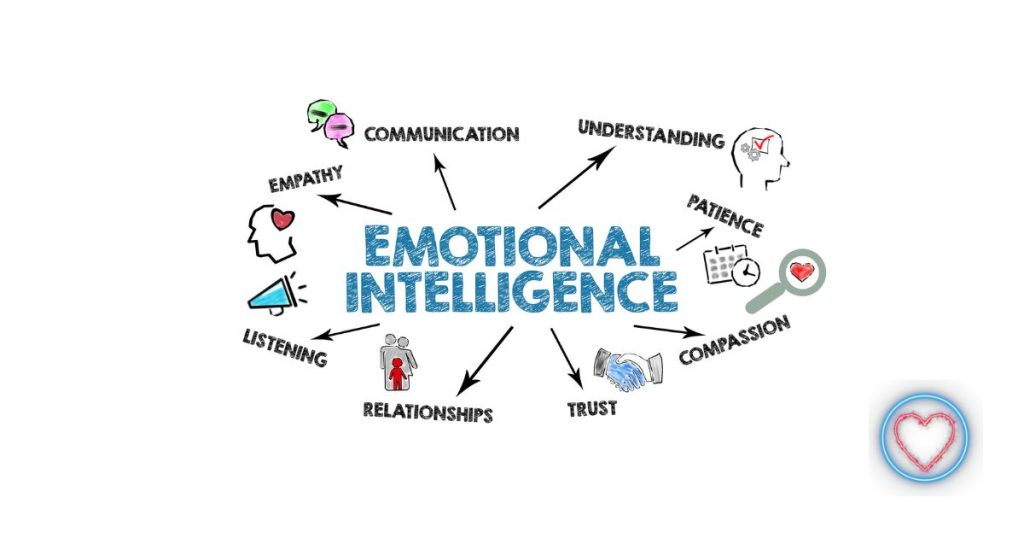In today’s digital age, social media is a double-edged sword. It connects us with people around the globe, offers new opportunities, and inspires creativity. Yet, it also presents a filtered, highly curated version of reality that can distort self-perception, especially for teens and young adults. With the constant bombardment of idealized images and highlight reels, many struggle to develop authentic confidence. So how do you build real-world confidence amid the glossy filters, likes, and endless comparisons? This guide offers practical strategies to foster genuine self-esteem and presence beyond the screen.
Understanding the Filtered World
Before diving into how to build confidence, it’s important to understand what “a filtered world” means. Social media platforms like Instagram, TikTok, and Snapchat allow users to present a carefully edited version of themselves — one where imperfections are smoothed out, flaws hidden, and successes amplified. These filters extend beyond photo effects to include curated lifestyles, achievements, and friendships. The result? A pervasive culture of comparison where many feel they don’t measure up.
This can lead to:
- Lowered self-esteem: Constant exposure to “perfect” images can cause people to feel inadequate.
- Anxiety and depression: The pressure to look or be a certain way can increase stress.
- Social withdrawal: Feeling unworthy or less interesting can reduce real-world social engagement.
Building confidence in this environment requires intentional effort to disconnect from unrealistic standards and reconnect with your authentic self.
Step 1: Limit Exposure and Practice Digital Mindfulness
The first step to building real-world confidence is to take control over your social media consumption. This doesn’t mean quitting social media altogether — that’s neither realistic nor necessary — but rather using it mindfully.
How to practice digital mindfulness:
- Audit your feeds: Unfollow accounts that make you feel bad about yourself or promote unrealistic ideals. Follow creators who inspire, educate, or share authentic stories.
- Set screen time limits: Use app timers to restrict mindless scrolling, especially before bed.
- Schedule social media breaks: Designate specific times or days where you go offline to focus on offline activities.
- Reflect on emotions: After using social media, check in with yourself. Are you feeling inspired or depleted? Adjust your habits accordingly.
By moderating your exposure, you reduce the impact of filtered content and create space to focus on your real-life experiences and strengths.
Step 2: Focus on Your Strengths and Celebrate Progress
Building real-world confidence starts with recognizing and valuing your unique qualities. Everyone has strengths — whether it’s kindness, creativity, problem-solving, or humor. Instead of comparing yourself to others’ highlight reels, focus on your personal growth and achievements.
Ways to celebrate your strengths:
- Keep a success journal: Write down small wins daily or weekly, no matter how minor. This reinforces a positive self-image.
- Set achievable goals: Break down bigger ambitions into manageable steps. Celebrate each milestone to build momentum.
- Ask for feedback: Seek constructive feedback from trusted friends, family, or mentors who appreciate your strengths and can help you grow.
- Practice self-compassion: Treat yourself with kindness and patience, especially when facing setbacks.
This shift from comparison to self-appreciation is foundational for authentic confidence.
Step 3: Develop Real-Life Social Skills
True confidence shines brightest in social interactions. Yet, in a filtered world, many young people substitute virtual connections for face-to-face experiences, which can hinder social skill development.
To build real-world social confidence:
- Practice active listening: Focus fully on others during conversations. This shows respect and helps you connect deeply.
- Make eye contact: This simple habit boosts your presence and conveys confidence.
- Start small conversations: Practice greeting strangers, commenting on your environment, or asking open-ended questions.
- Join clubs or groups: Engage in activities you enjoy to meet people with similar interests.
- Volunteer: Helping others creates meaningful connections and builds social ease.
The more you practice, the more natural and confident you’ll feel in real-world settings.
Step 4: Cultivate a Growth Mindset
Confidence isn’t about being perfect — it’s about trusting your ability to learn and improve. A growth mindset, a concept popularized by psychologist Carol Dweck, means embracing challenges, learning from mistakes, and seeing effort as a path to mastery.
How to cultivate a growth mindset:
- Reframe failure: View mistakes as opportunities to learn rather than signs of inadequacy.
- Replace “I can’t” with “I can’t yet”: This subtle change encourages persistence.
- Celebrate effort: Acknowledge the hard work you put into your goals, regardless of outcome.
- Surround yourself with growth-minded people: Positive influences encourage resilience and confidence.
With a growth mindset, you build inner strength that no filter can replicate.
Step 5: Engage in Activities that Build Competence and Joy
Confidence is strengthened when you develop skills and find joy in the real world. Whether it’s sports, arts, volunteering, or hobbies, engaging in activities where you can grow competence and experience flow builds genuine self-assurance.
Suggestions for confidence-building activities:
- Physical exercise: From yoga to team sports, physical activity boosts mood and body confidence.
- Creative outlets: Drawing, writing, music, or dance encourage self-expression and mastery.
- Mindfulness and meditation: These practices reduce anxiety and enhance self-awareness.
- Community service: Helping others fosters a sense of purpose and connection.
- Learning new skills: Take classes or workshops in areas of interest to build expertise.
Regular participation in fulfilling activities gives you a sense of achievement beyond virtual validation.
Step 6: Practice Self-Care and Body Positivity
Real confidence is rooted in feeling good about yourself physically and mentally. A filtered world often promotes unrealistic beauty standards, which can damage body image. Embracing self-care and body positivity helps you appreciate your natural self.
Ways to foster self-care and body positivity:
- Develop a self-care routine: Prioritize sleep, nutritious food, hydration, and relaxation.
- Limit negative self-talk: Challenge harsh internal critiques and replace them with affirming statements.
- Surround yourself with positive influences: Follow social media accounts promoting body diversity and self-love.
- Dress for yourself: Wear clothes that make you feel comfortable and confident, not just trendy.
- Focus on health, not appearance: Celebrate what your body can do, not just how it looks.
Self-care reinforces that your worth is not dependent on external appearance.
Step 7: Build Meaningful Offline Relationships
Social media can sometimes create a false sense of connection. Real confidence flourishes in deep, trusting relationships where you feel valued for who you truly are.
How to build meaningful relationships:
- Prioritize quality over quantity: Focus on a few close friendships rather than many superficial contacts.
- Be authentic: Share your thoughts and feelings honestly with trusted people.
- Offer support: Building confidence in others strengthens your own sense of value.
- Spend face-to-face time: Create opportunities for in-person connection, even if it’s virtual during busy times.
- Practice gratitude: Regularly acknowledge and appreciate your relationships.
Strong relationships provide a foundation of acceptance and encouragement essential for confidence.
Step 8: Limit Comparison and Practice Gratitude
Comparison is a confidence killer, especially in a filtered world where people post only their best moments. Gratitude refocuses your mind on what you have rather than what you lack.
Strategies to reduce comparison and increase gratitude:
- Recognize triggers: Notice when you start comparing and consciously shift focus.
- Keep a gratitude journal: Daily write down things you appreciate about yourself and your life.
- Celebrate others’ success without envy: Learn to admire instead of compare.
- Practice presence: Engage fully in your own experiences rather than scrolling endlessly.
- Use affirmations: Repeat positive statements about your worth and uniqueness.
Gratitude cultivates a mindset that naturally boosts confidence.
Conclusion: Real Confidence Is a Journey, Not a Destination
Building real-world confidence in a filtered world is challenging, but absolutely possible with intention and effort. By limiting social media exposure, focusing on your strengths, developing social skills, and cultivating a growth mindset, you create a resilient foundation. Engaging in fulfilling activities, practicing self-care, building authentic relationships, and fostering gratitude deepen your inner confidence far beyond what any filter can show.
Remember: Confidence isn’t about being flawless or perfect online. It’s about embracing your authentic self — with all your imperfections — and showing up courageously in real life. When you do, you become unstoppable.










